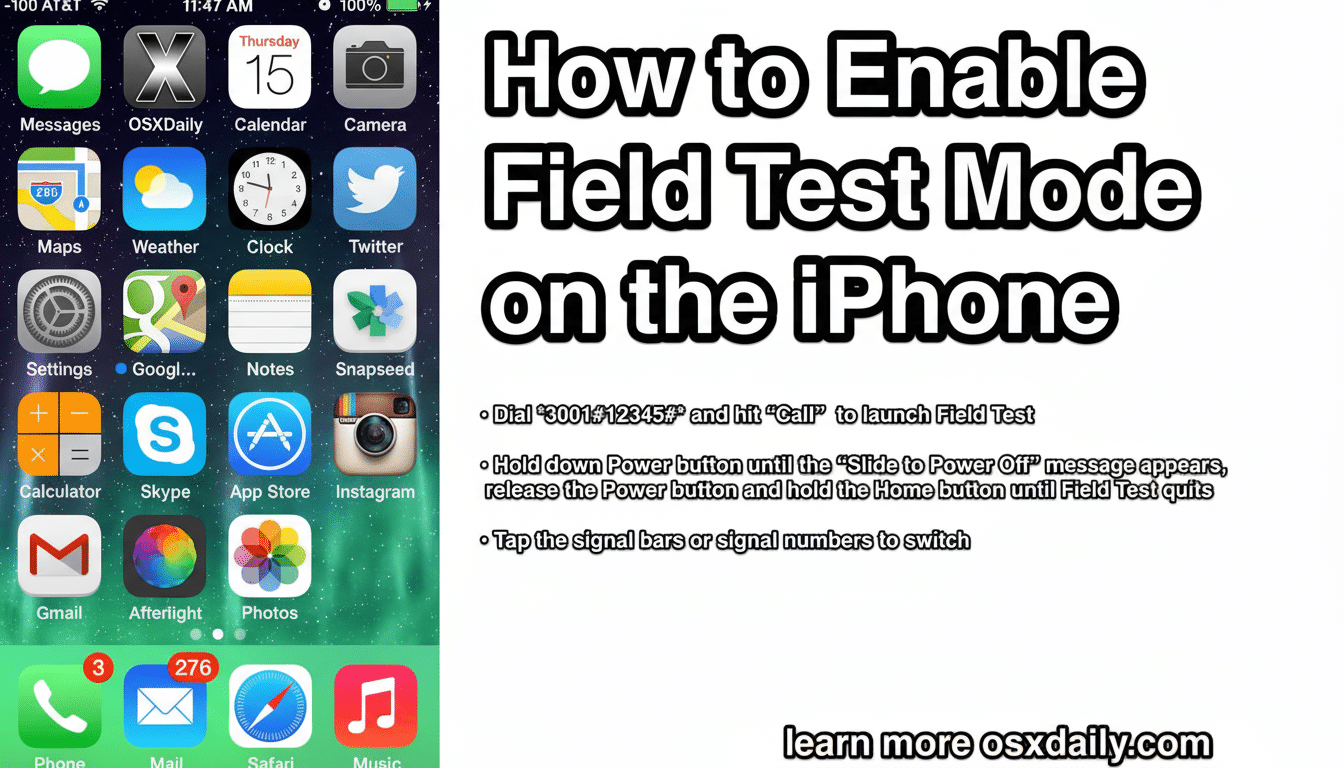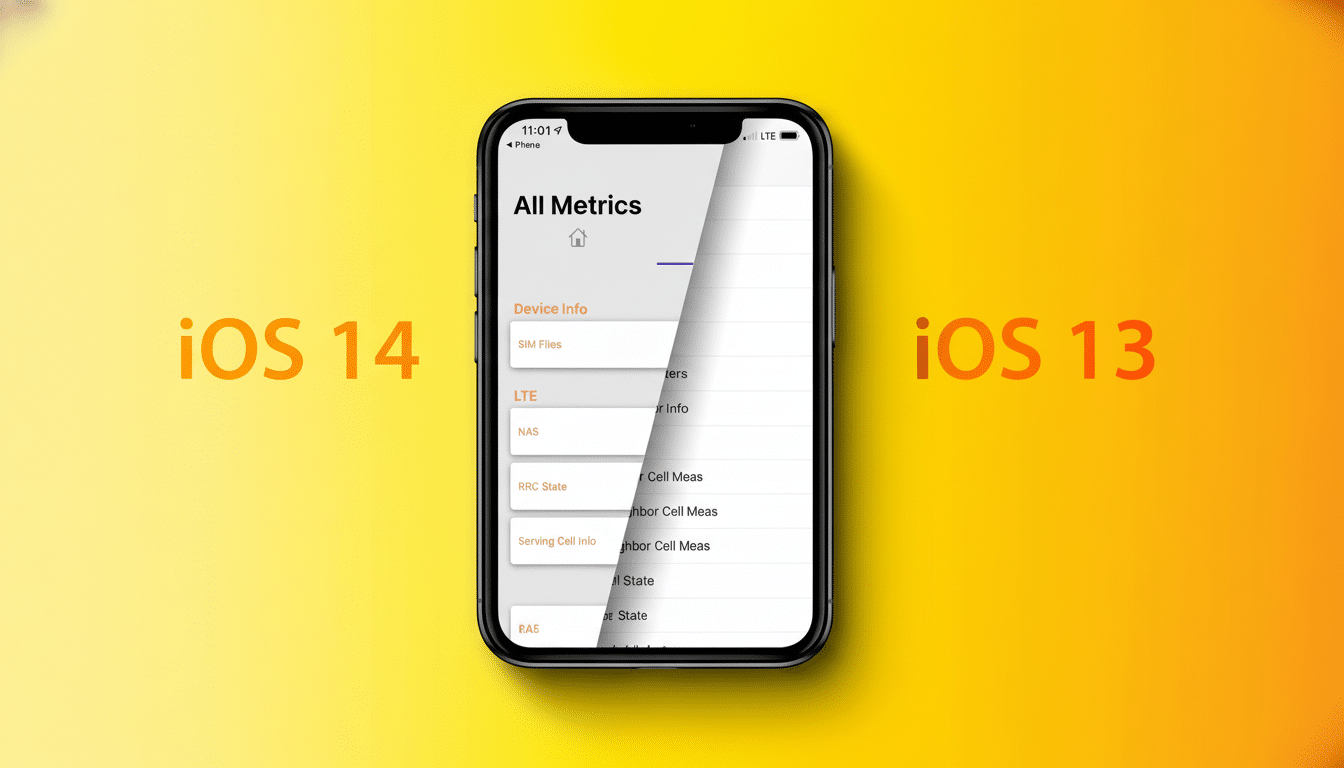Behind star codes, the conveniently available sequences that start with * or #, lie all manner of esoteric diagnostic and carrier commands. I tested 14 of them on iPhone and Android to see what they show, why some may only work on your network, and how they can help you debug or tune your device faster than digging through settings.
What these star codes really are and why they exist
Most of these codes are defined by 3GPP as MMI/USSD sequences. Some are stored on the phone (device codes) and others are used to perform an operation at the network level (network codes). This is why one code won’t work on Verizon but does on T-Mobile, or will get an unlocked Android working but not a carrier-locked iPhone.

Regulators and industry bodies lean on them, too. The GSMA uses IMEI for device identification worldwide, while the FCC and CTIA cite IMEI in their reports on stolen phones or device state. In short: these are not “hacks,” but standard control strings that pros use every day.
The 14 codes I tried and what each one actually does
- *#06# — Display IMEI (and EID on eSIM phones). Android and iPhone display the IMEI number directly on the phone so long as it’s an actual phone with a SIM card. I checked it for hardware IDs before a trade-in; the number matched the one in Settings and GSMA format.
- *3001#12345#* initiates Field Test Mode on iPhone. The app reveals LTE/5G information such as RSRP, RSRQ, or serving cell. As a rule of thumb: if you are in the -95 to -110 dBm RSRP range, service will be okay but less than ideal; coverage any weaker can result in shaky calls and poky data.
- *#*#4636#*#* prompts the Android Testing menu. You can preview info about the phone, monitor data usage stats, and carry out ping tests. On a Pixel, it also pulls up VoLTE/VoWiFi registration status when I needed to verify Wi‑Fi calling in a dead zone of a basement.
- *#21# asks whether unconditional call forwarding is enabled. When the network returns Disabled, all calls are sent directly to your phone; Enabled means they are being diverted according to what your carrier has set.
- *#67# — use this code to ascertain where calls are being forwarded if your line is busy. It’s helpful if people are telling you that callers go straight to voicemail during meetings; the response tells you what number is catching those overflow calls.
- *#62# checks forwarding when no service is available (no signal or the phone is off). Power users do this to guarantee a failover to voicemail or another number overseas.
- *#61# checks forwarding if no service is available. If people complain that you don’t pick up, it indicates how long the phone rings before voicemail makes a rescue.
- *#43# shows call waiting status. If it’s off, you won’t hear beeps to alert you of incoming calls when already on a call, which can make it appear as though the calls have been missed.
- *43# enables network call waiting on most GSM carriers. I switched it on for a Dual‑SIM Android, and I found myself getting call notifications instantly.
- #43# disables call waiting. It’s handy if you’re recording a podcast and can’t take the chance of being interrupted.
- *31# enables outgoing caller ID suppression on most GSM networks. If your number has been coming up as “Unknown,” it can be fixed with a very simple switch.
- *67 and then the number is a way to block caller ID on a call in the U.S. It’s how I contact marketplace sellers without giving them my regular line.
- *82 followed by a number will show the caller ID for this call on a line where caller ID is normally blocked. It’s the reverse of *67, and it works on most major U.S. carriers.
- *#0*# opens the Samsung hardware test menu for Galaxy devices. It lets you test display color accuracy, touch matrix, sensors, and vibration without third‑party apps. This enabled me to check the screen and speaker on a secondhand phone before I bought it.
Why some codes fail and how to troubleshoot issues
Two things will determine your success: your carrier plan and your device’s software. You may be unable to use a code if it returns an error or does nothing, which could mean your carrier either doesn’t support the feature on your line, or the OEM chose to disable that code for your region. Network-control strings are sometimes blocked by MVNOs, even if the service network supports them.
Proceed carefully. Some of the vendor codes can modify settings right away. Steer clear of factory reset strings you read online; some types, on older devices in particular, can erase data without asking for confirmation. If in doubt, just use the normal Settings on your phone to undo a change you made using a code.

Real-world situations where these codes come in handy
Diagnostics are the big win. Field Test Mode and the Android Testing menu measure signal strength in decibels, pinpointing Wi‑Fi connection issues versus cell problems. It’s a quicker route to actionable numbers than any speed test app.
Account hygiene is another. IMEI lookups aid in warranty and resale, and are used by the GSMA and carriers to make device lock and blacklist decisions. And forwarding/caller ID codes can solve everyday headaches without having to hunt through buried menus.
The bottom line on using phone star codes wisely
These 14 codes aren’t magic, but they are a shortcut for when you know something is wrong and need to dive someplace deep in your phone’s operating system, where little people are always hammering out the ones and zeros that make your phone go. Learn the few that seem useful—IMEI, Field Test/Testing, call forwarding and waiting—and keep the others in your back pocket for when a quick dial beats out a twenty‑tap settings tour.

